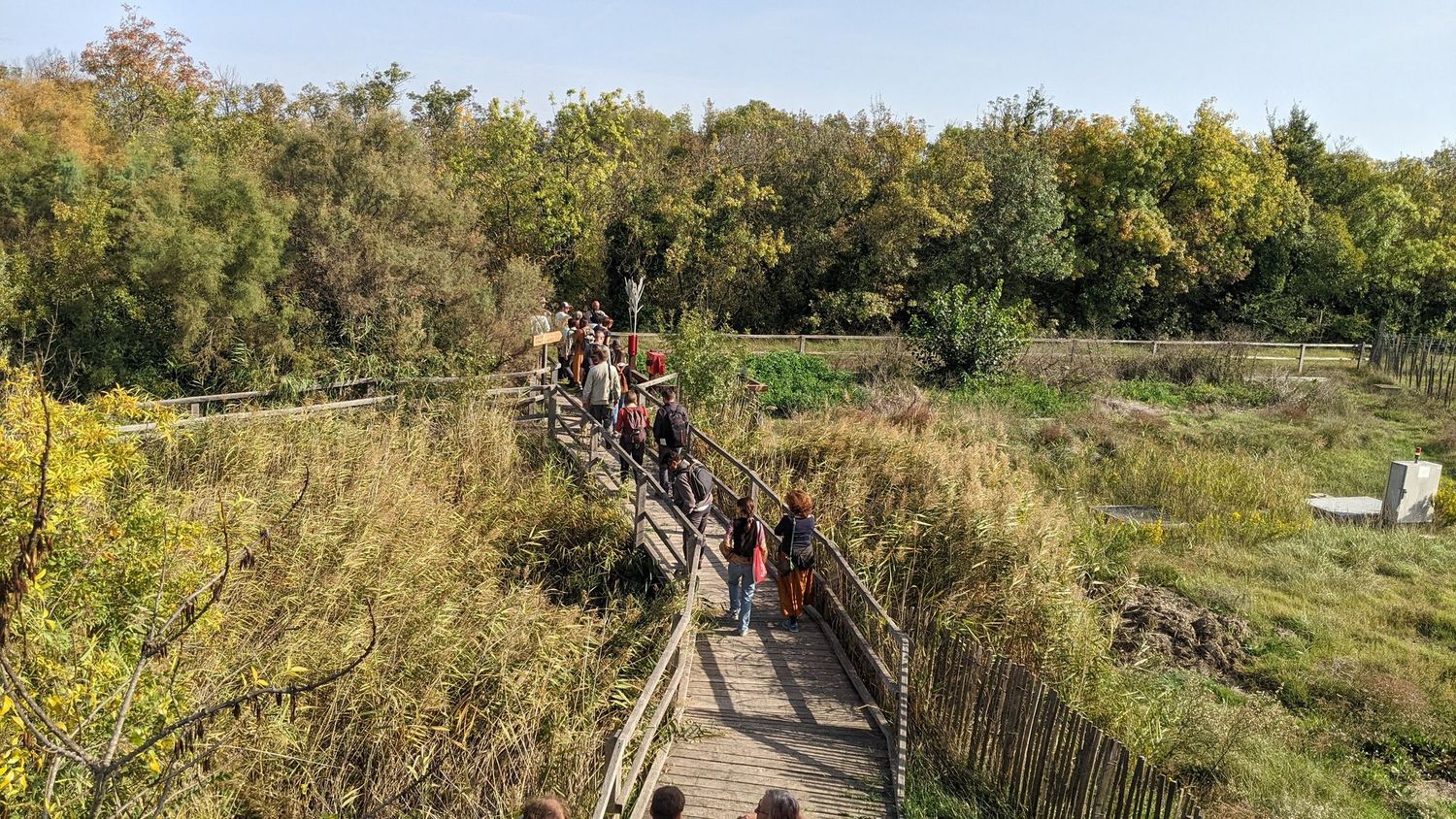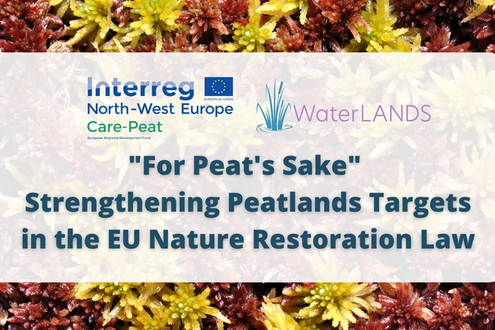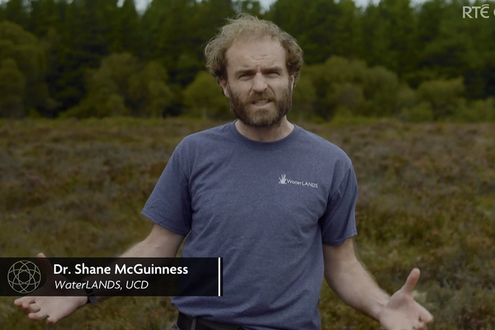On the 6th and 7th of October 2022, representatives of WaterLANDS Knowledge Sites met in Arles for a Replication Workshop.
The workshop, organised by Prospex Institute with support from hosting partners Tour du Valat, centred around sharing key insights from the WaterLANDS Knowledge Sites. These are wetland sites that have previously or are currently undergoing successful restoration.
Co-creating best practice is integral to the WaterLANDS workflow. Experience and best-practices from 15 Knowledge Sites across Europe will be used to inform on-the-ground restoration at six 'Action Sites' in Bulgaria, Estonia, Ireland, Italy, the Netherlands, and the United Kingdom.
The two-day replication workshop included talks from Knowledge Sites and an initial look at the research into community engagement best practices conducted by Prospex Institute, following which partners split up into groups to discuss what are the key elements to move from individual interests to a common vision, support mutual learning among wetland communities and experts,provide benefits for wetland restoration and local communities, as well as sustain community engagement through and beyond the WaterLANDS project.
Discussions were incredibly fruitful, here is just a taste of the key learnings that emerged:
- Listen to and value local knowledge holders, scientists are not the only experts.
- Don’t be afraid of conflict - there will always be differences of opinion but give stakeholders the opportunity to find common ground and build on this.
- We should develop a broader sense of community, with diverse range of experts as part of this community rather as outsiders.
- WaterLANDS will not be able to solve all problems facing the wetland landscapes, but we will be part of the solution – need to be open and realistic about restoration actions and the project’s impact.
The workshop culminated in a fieldtrip to the Marais du Vigueirat, one of the wetlands within the Camargue Knowledge Site, a Biosphere Reserve made up of a mosaic of lagoons that represents one of the most important wetlands in Europe.


